Employment Based on Severe Economic Hardship
If you are an F-1 student whose financial situation has changed unexpectedly, you may be eligible for employment based on severe economic hardship. This U.S. Citizenship and Immigration Services (USCIS) program is designed to address situations where a financial need beyond your control arises, which was unforeseen when you applied to Carnegie Mellon and after all other potential employment opportunities have proven insufficient.
Examples of unforeseen economic hardship can include:
-
The loss of financial aid or on-campus employment without fault on your part.
-
Substantial fluctuations in the value of currency or exchange rate.
-
Inordinate increases in tuition and/or living costs.
-
Unexpected changes in the financial condition of the student’s source of support.
-
Medical bills or other substantial and unexpected expenses.
Conditions and Limitations:
- You must prove to USCIS that the economic hardship was unforeseen.
- You must have been enrolled as a full-time student in legal immigration status for at least one academic year.
- The work does not need to be related to your course of study.
- Employment based on severe economic hardship is designed for off-campus employment but can be done on campus.
- Authorization is granted in one-year intervals up to the expected date of completion of studies. You must reapply to the USCIS each year to renew this work authorization. This work authorization ends if you transfer to another school.
- Work is limited to 20 hours per week while school is in session but can be full-time during official school breaks.
- Use of this category does not count towards the 20-hour on-campus limit, nor does it affect your OPT/CPT eligibility.
- An offer of employment is not required as a condition of eligibility.
Reminder: Students are not permitted to work off-campus until they have received authorization from USCIS for employment based on severe economic hardship.
Application Process
Once you receive approval from USCIS, you will get a small photo ID card called an Employment Authorization Document (EAD). To apply, follow the steps below:
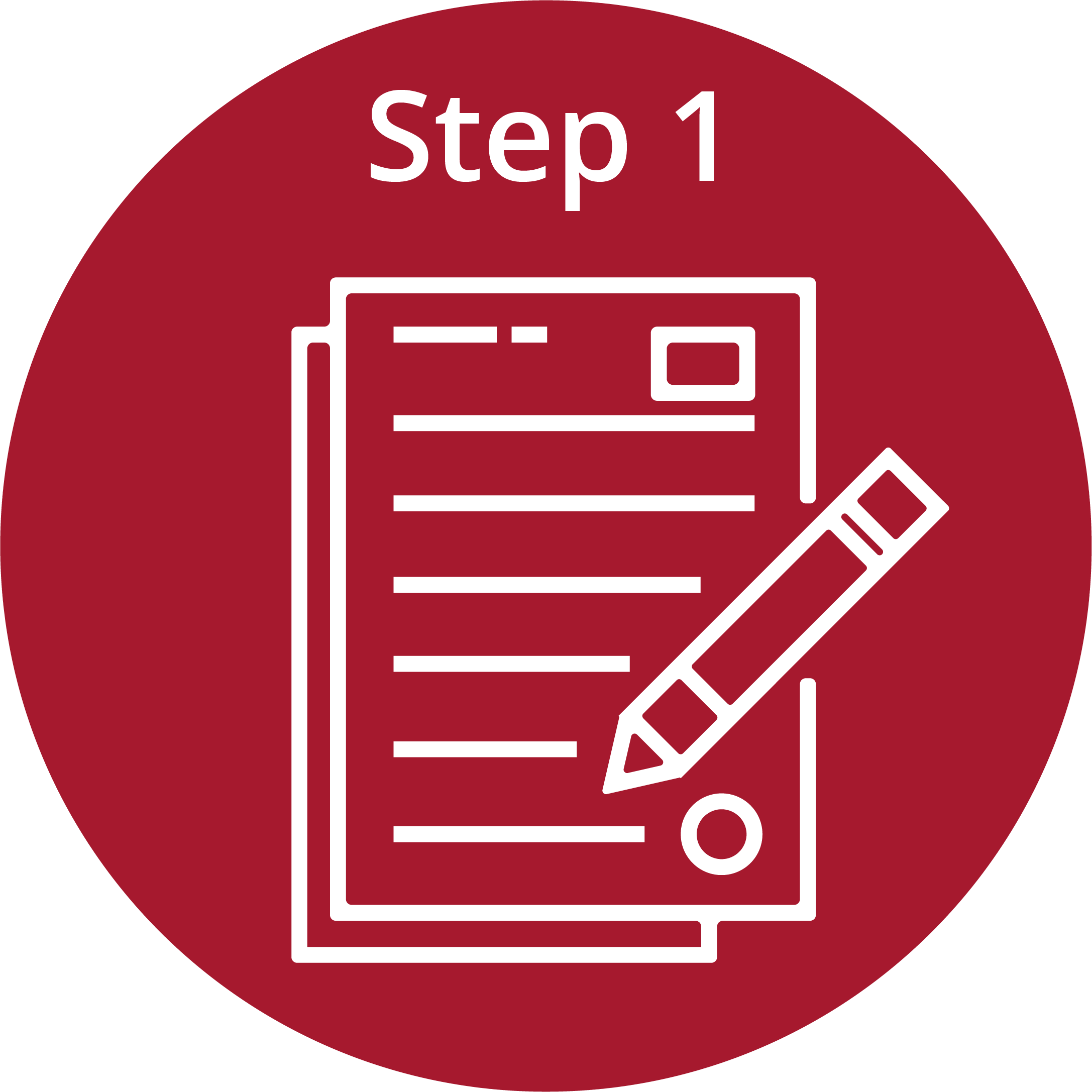 Document the Circumstances Causing the Economic Need
Document the Circumstances Causing the Economic Need
Write a statement describing the economic need and include your documented financial need. For example, a letter from home telling of a change in family circumstances or proof of a currency devaluation in your home country. You will need to explain why other employment options are unavailable or insufficient. You will also be asked to provide information regarding your assets, income and expenses.
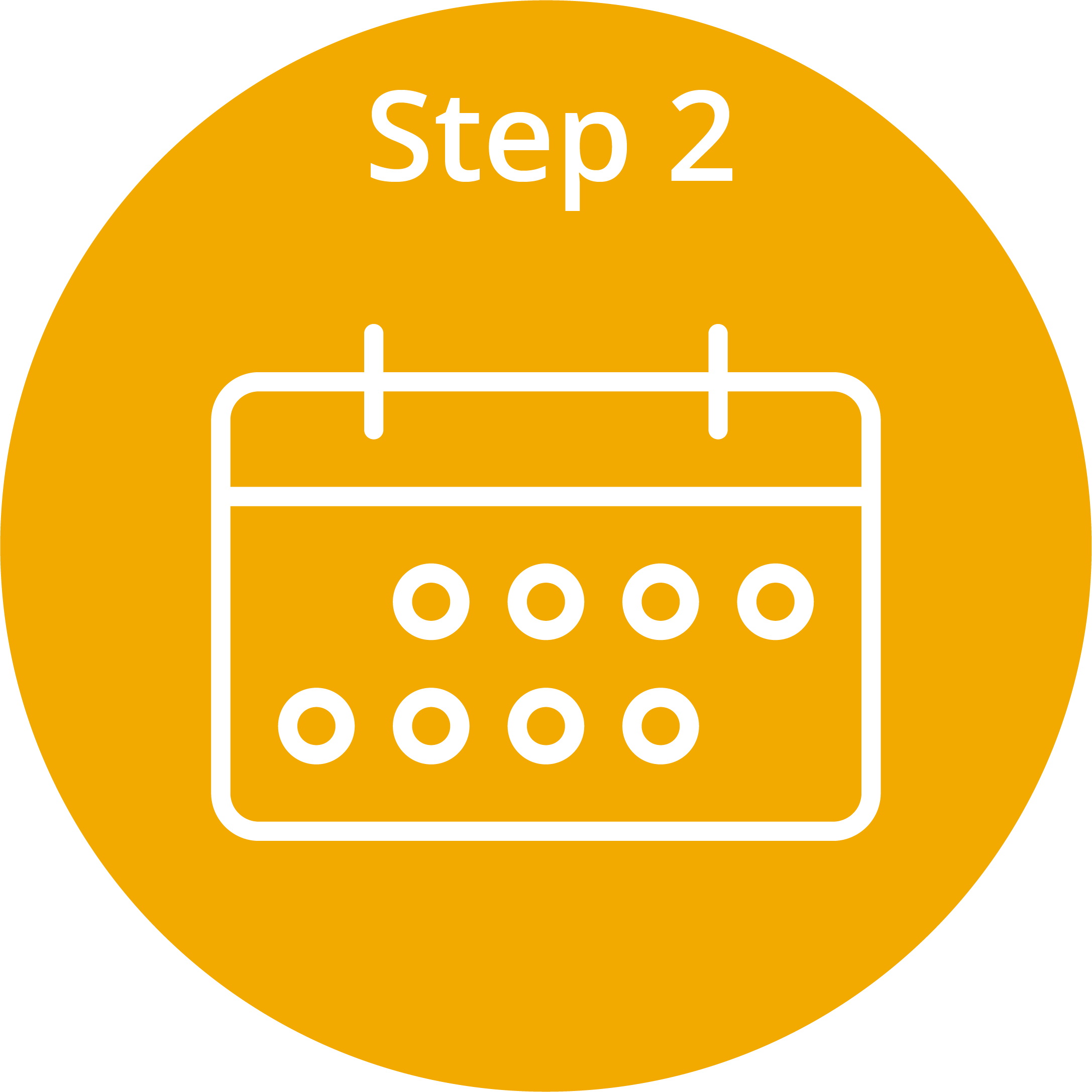 Make an Appointment with your OIE Advisor
Make an Appointment with your OIE Advisor
Contact us OIE make an appointment with your advisor. You will need to provide information and documentation about the circumstances causing the economic need.
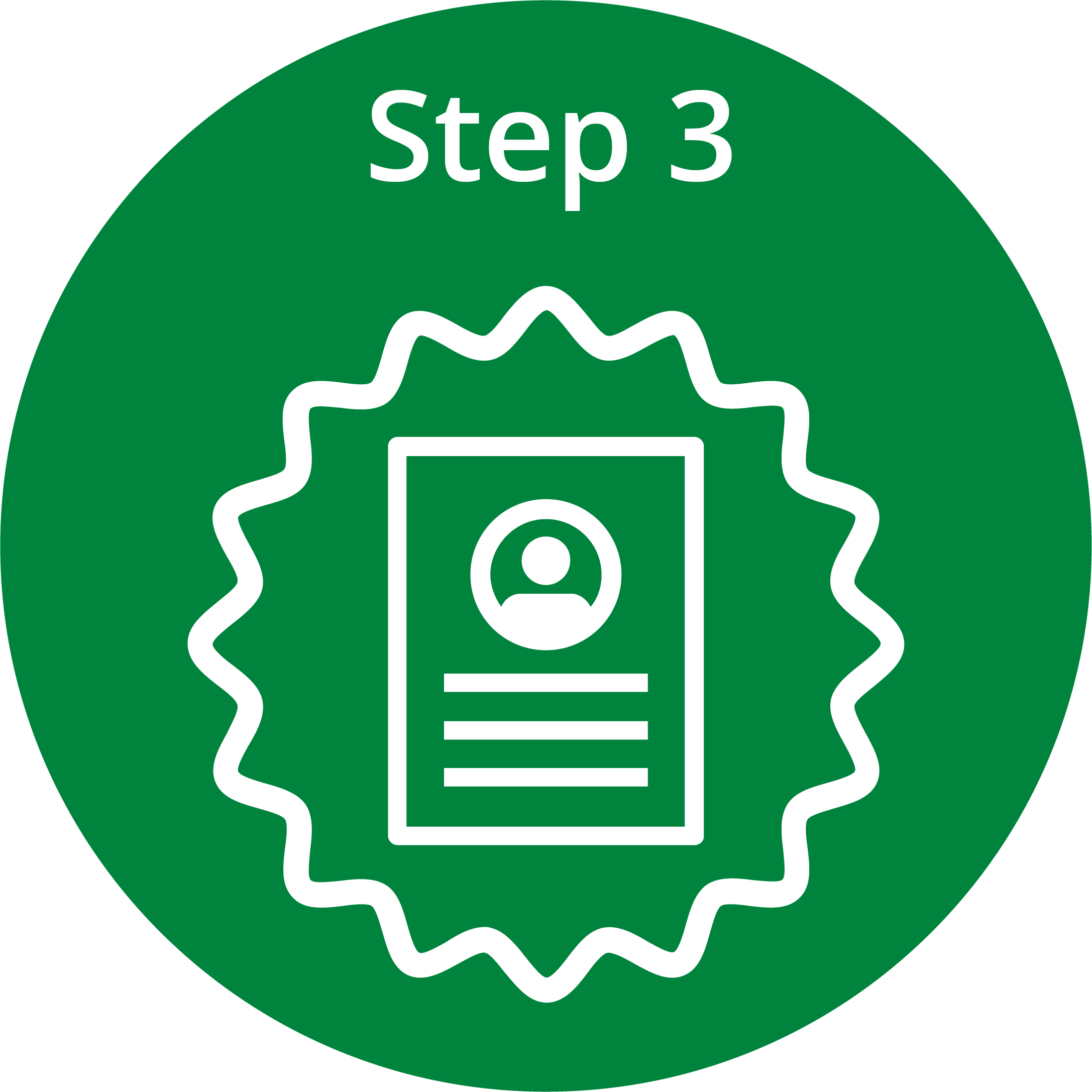 Prepare the USCIS Application Materials
Prepare the USCIS Application Materials
Your application packet will need to include the following documents in this order:
- Form I-765 filing fee of $380. Check or money order payable to “U.S. Department of Homeland Security.”
- Form G-1145. Use this form if you wish to receive email or text confirmation of your receipt number from the Lockbox facility. Clip the form to the front of the OPT application.
- An original I-765 form, completed by you with your original signature (in blue ink). Use the most current version available from the “Forms” section of the USCIS website.
- Enter the correct code on the I-765 form (c) (3) (iii).
- Cover letter/checklist explaining that you are applying for employment based on severe economic hardship and listing the contents of the mailing.
- Two “passport” photos. In pencil, print your name and write your admission number (I-94#) on the back of each photo. You can get a passport photo at:
Tartans Ink(412) 268-4828 |
Rite Aid(412) 521-3900 |
US Post Office(412) 421-1388 |
- Address on I-765
- Note: The address you use must be valid for at least three months from when you send the application. The U.S. Postal Service will not forward the EAD even if you leave a forwarding address.
- Letter (statement) explaining the circumstances of the hardship.
- Supporting materials documenting the unforeseen nature of the economic hardship and, to the extent possible, the unavailability of on-campus employment to meet the need.
- Photocopy (not original) of an I-20 with the new recommendation from your OIE Advisor on page two.
- Photocopies of all previously issued I-20 documents dating back to the beginning of F-1 status signed by you in item 11.
- Copy of your I-94 record.
- Photocopy of your passport's most recent ID page(s) (picture, number, and expiration date pages).
- Photocopy of your most recent U.S. visa stamp (on a page of your passport).
- Copy of a previously issued EAD (if available).
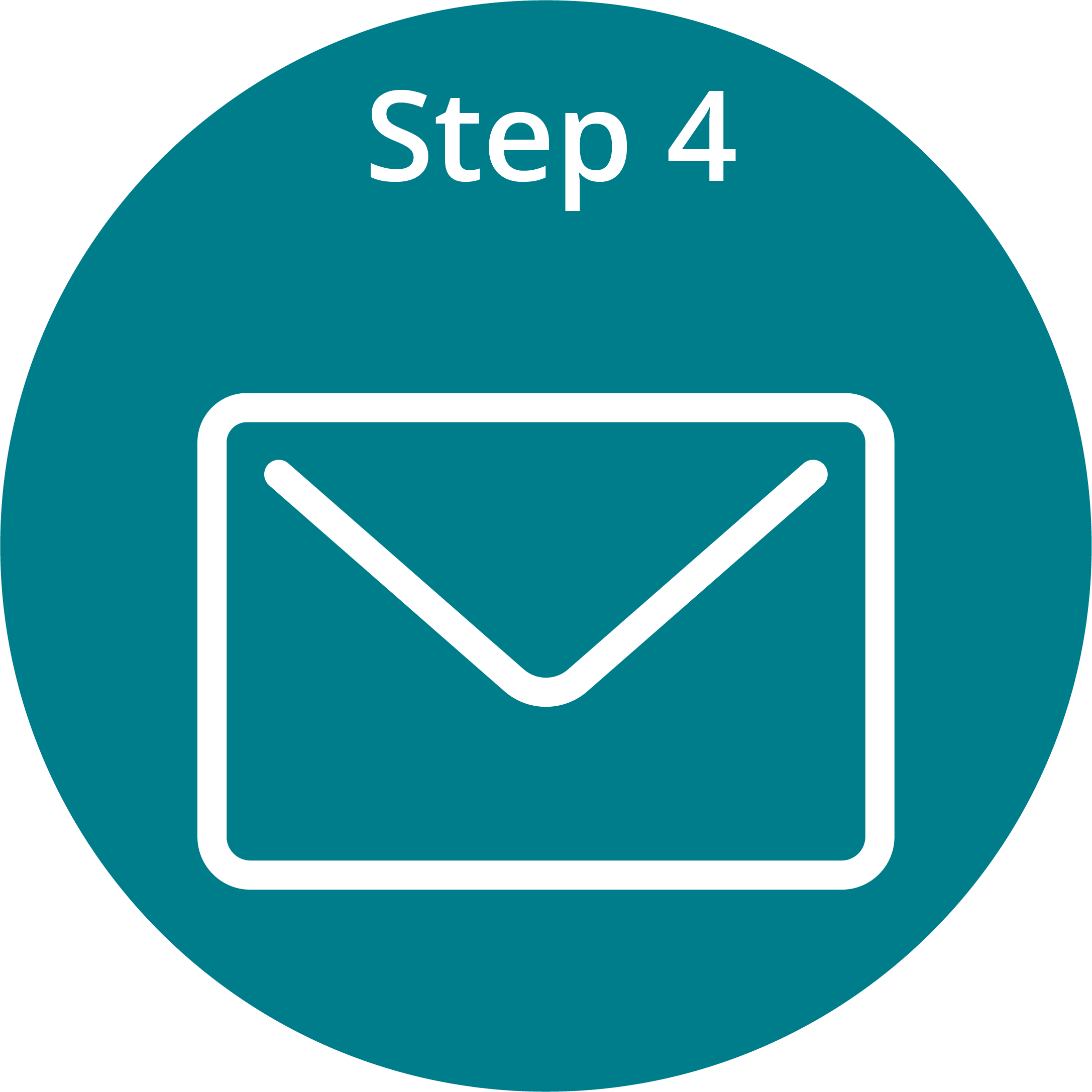 Mail the Application Packet to USCIS
Mail the Application Packet to USCIS
When you have completed the entire application, make a complete set of photocopies for your files. If you are using a PA address, send all of the above items to the USCIS address below:
Send via express mail (i.e., FedEx or UPS) to:
USCIS
Attn: AOS
2501 S. State Hwy. 121 Business, Suite 400
Lewisville, TX 75067
Note: If you do not have a PA address, refer to the I-765 instructions regarding the mailing address.
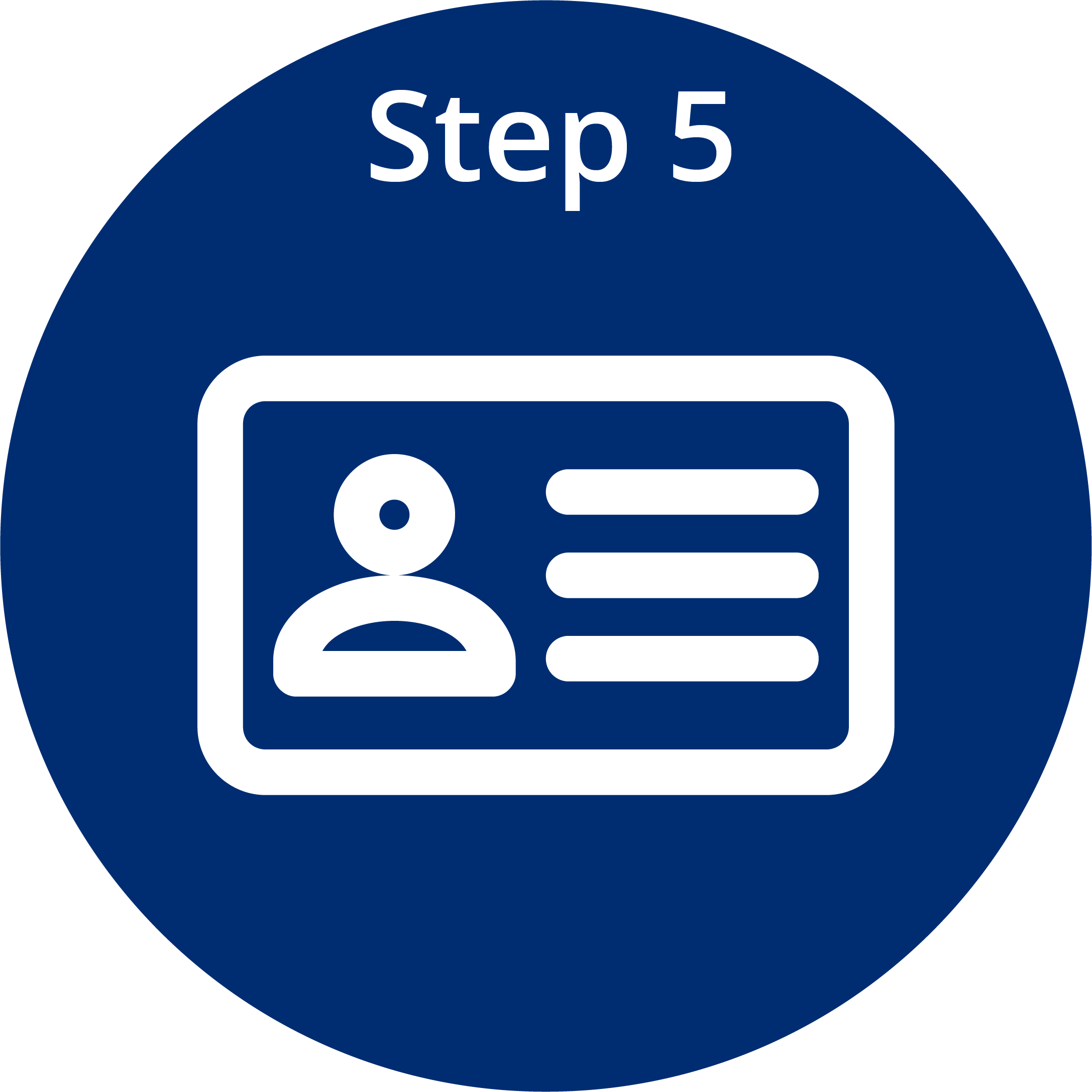 Wait for the EAD
Wait for the EAD
Within one month of sending the application to the USCIS, you should get a standard receipt notice stating that USCIS has received the application. If you do not get this letter within seven weeks, contact OIE. Use the case number in the top left corner of your receipt notice to call USCIS or check your case status online.
Permission to begin work is not finalized until you have received the EAD from the USCIS.
Note: Do not throw away your EAD card even after it expires. If you apply for employment authorization again, you will be asked to show proof of previous employment authorization, such as a copy of previously issued EAD card(s).